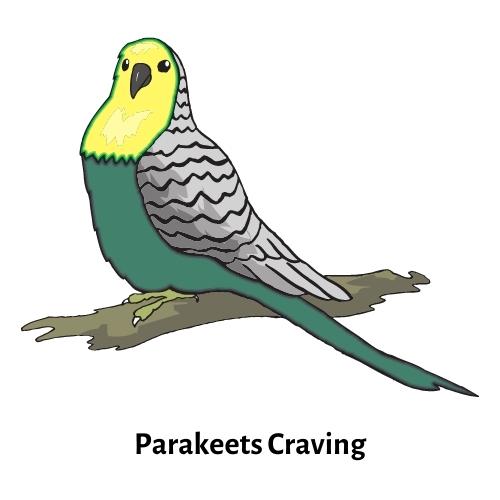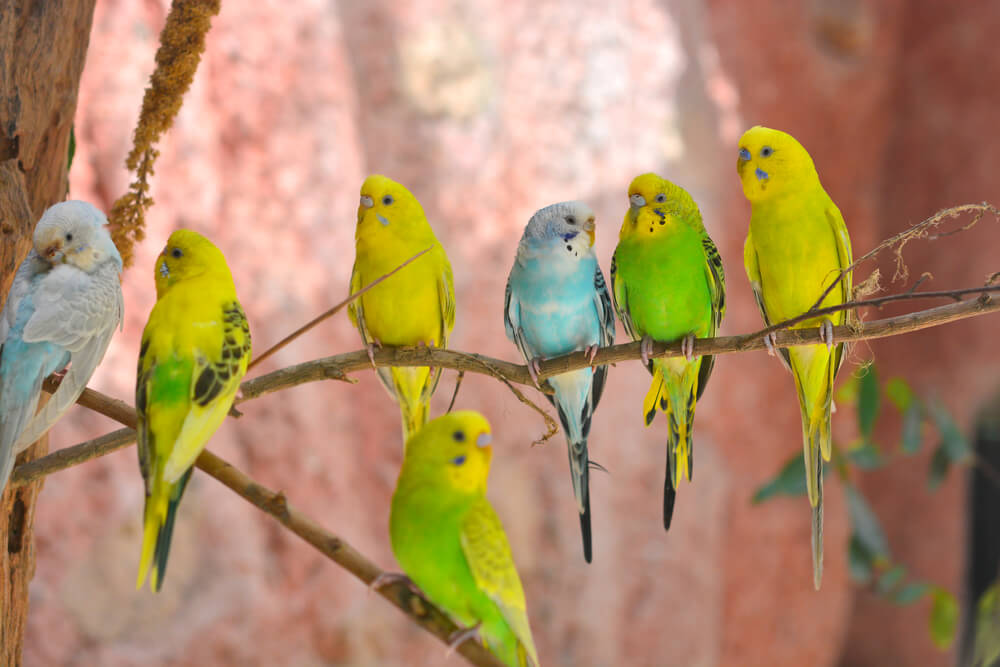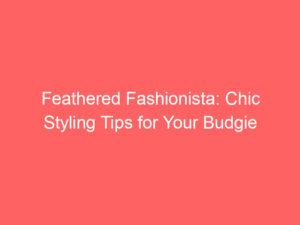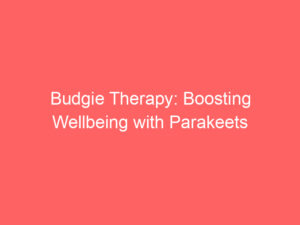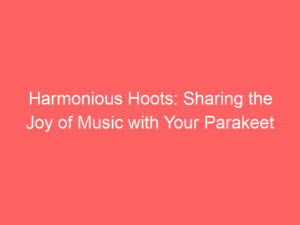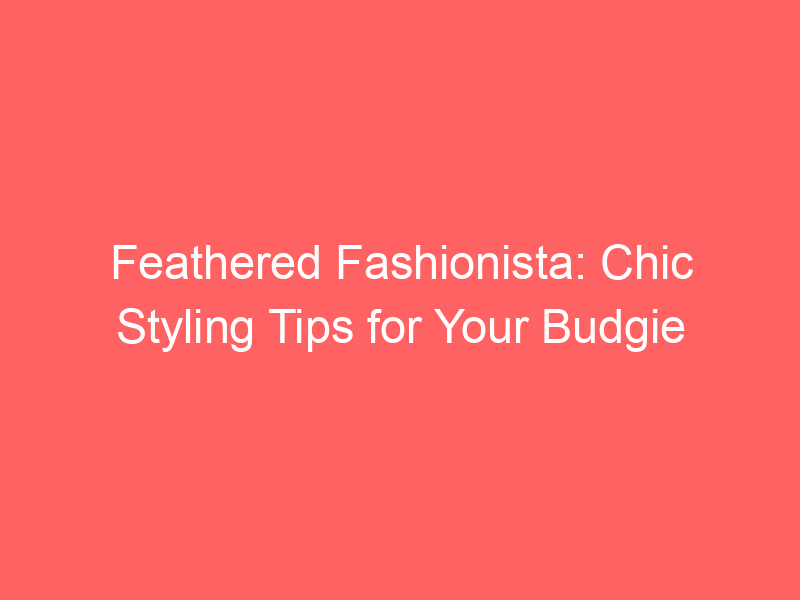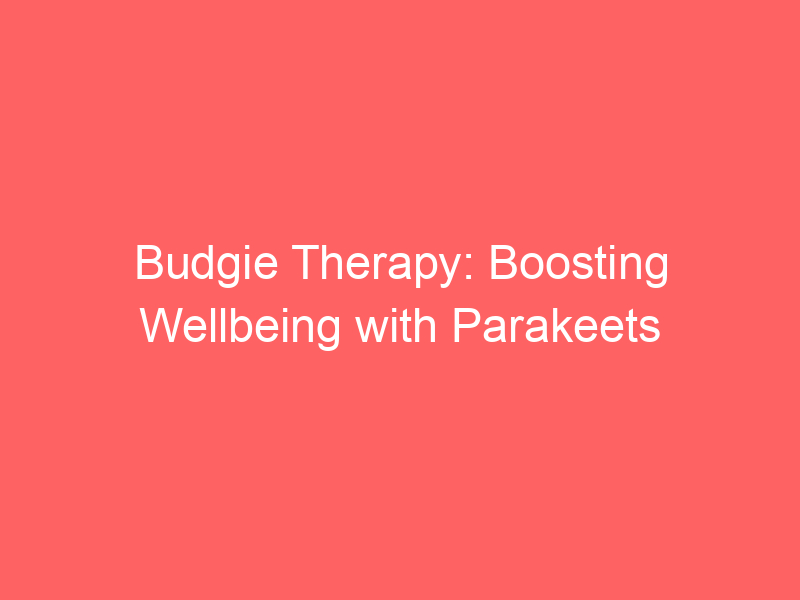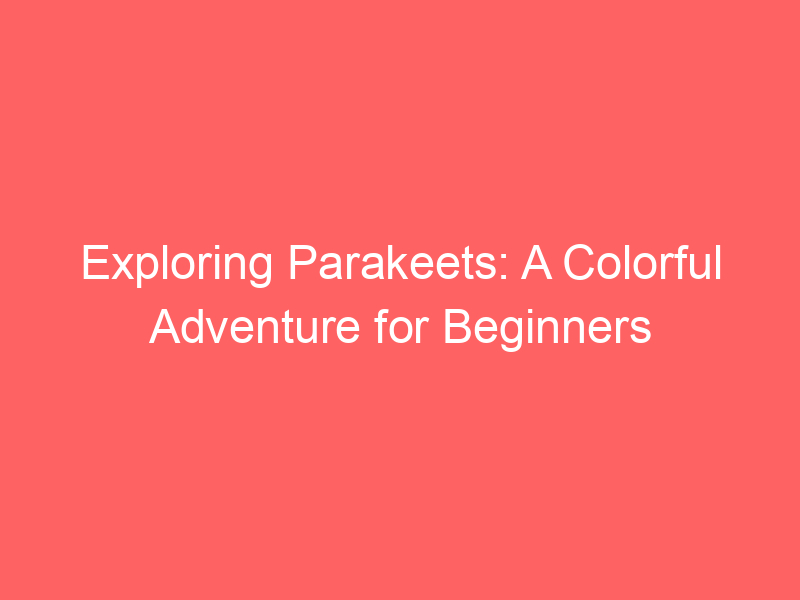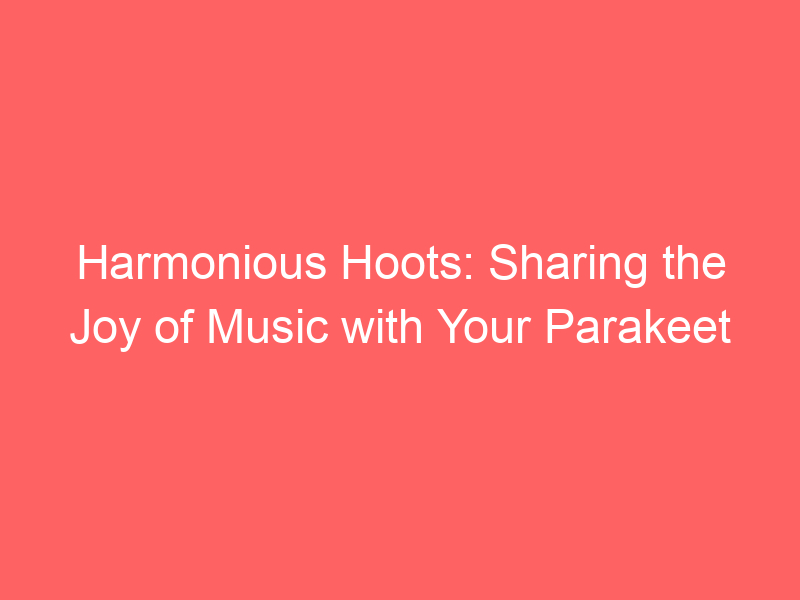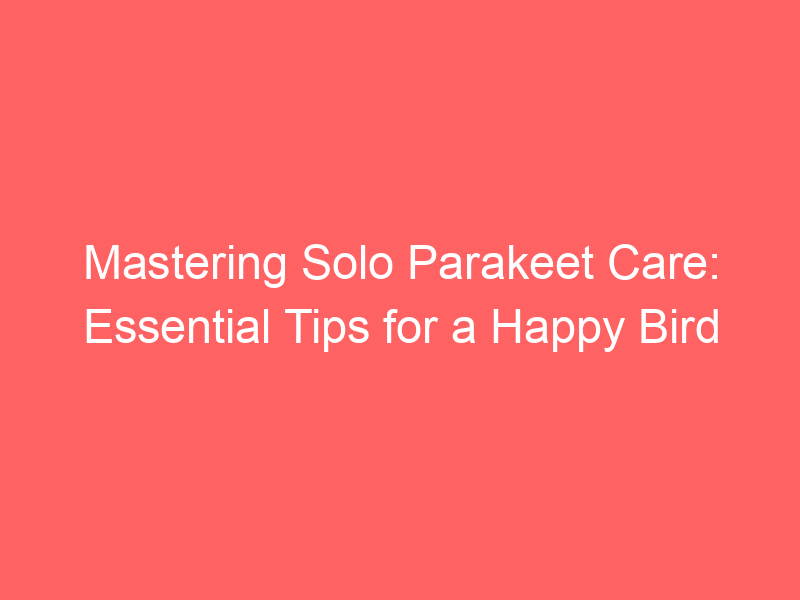Holding baby parakeets is a new and exciting activity for you and your bird.
However, it does require patience and some knowledge.
If you want to get the most out of holding your baby, then read on for more information.
Baby parrots are often much more active than adults.
They play and explore as well as rest and sleep.
As such, they’re usually happy to be handled by humans – provided that they are handled often enough to keep them tame and friendly.
The challenge with babies is that they tend to imprint on the first person they see after being picked up or cuddled by someone new.
That means that the moment you hold a baby parrot, it will try to follow you wherever you go so that it doesn’t have to be left behind.
This can make it difficult to find a good time to take your new friend out of its cage for the first time.
Here are some signs that mean it’s safe for you to take your pet outside for the first time:
How Do You Train A Parakeet To Trust You?
The best way to train your parakeet is by being patient and consistent. If you are unsure of how to do this, it’s okay – get help from a trainer instead.
One thing that you can do first leaves your hand on the cage for a few minutes before opening it up to allow the bird out. This will give your pet time to get used to your presence and will also let it explore its surroundings better.
Once you have successfully done this, open the door so that the parakeet can explore its environment more freely. If you notice that your pet doesn’t go far or take flight when it leaves the cage, try rewarding it with a high-pitched squawk at the end of each session.
It may also be helpful to put a mirror in front of the cage so that your pet has something familiar to focus on while exploring its new surroundings.
Can Parakeet Recognize Me?
When you first pick up your new baby, it will focus on you. Make sure to keep your eyes on the bird when interacting with it so that you can see if it’s paying attention to you or not.
If the bird doesn’t seem to be paying attention to what you’re saying, then it might not recognize your voice and won’t be able to learn from what you say.
You should also watch for signs that the bird is nervous around people or aggressive towards them.
If a baby parrot is fearful or overly rough, then a trainer should come in and handle the situation. The same rules apply to babies as to adults:
if they don’t know how to eat by themselves, they need help learning how.
It’s important that the first time they’re taken out of their cages, they are fed well so that they don’t develop any health issues due to malnutrition.
Generally speaking, hand-feeding a baby parakeet is best done outside of its cage so that it can get used to being handled without getting scared.
If all goes well, this may be an activity you will enjoy doing with your new pet! You can hold baby parakeets when they are 3 weeks old and older than 6 weeks old.
When these birds are older than six weeks old, they are fully flighted and ready for flight training and a potential life in captivity – which typically isn’t recommended for babies younger than 3 months old because their immune system isn’t well-developed yet.
How Do You Hand-Tame A Baby Parakeet?
When you are ready to take your baby parakeet out of the cage, it’s a good idea to get a leash. You can also use a piece of string or a cord if you don’t have anything else.
If you don’t want your parakeet to run off, then tie its feet together with the leash.
Before taking your baby outside for the first time, be sure that it is feeling good.
Your baby might be too hot or cold and not feel comfortable outside.
It might also need more time to adjust to being away from the mother bird before it can go outside for longer periods.
That means that you will need to wait until your pet is feeling better before making any trips outside with it. However, once your parrot feels comfortable with being held and handled and has had some time out of its cage, then you should be able to leave home and explore as well as exercise your pet without any problems.
Do parakeets Like To Be Touched?
Parakeets are tactile animals and love to be petted. They enjoy being handled and caressed by humans. If your parakeet’s feathers are ruffled, it probably is happy to be held.
If your parakeet makes a noise that sounds like a quiet hoot or chirp, then it’s probably happy to be picked up. If your bird lets you pick it up without any resistance, then it is probably tame enough for you to take outside for the first time.
Conclusion
You can hold baby parakeets when they are 3 weeks old and older than 6 weeks old.
When these birds are older than six weeks old, they are fully flighted and ready for flight training and a potential life in captivity – which typically isn’t recommended for babies younger than 3 months old because their immune system isn’t well-developed yet.
If you want to hand-tame a baby parakeet, it’s best to do so when the bird is between 4 and 8 weeks old.
Parakeets enjoy being touched and generally like humans, so if your bird lets you pick it up without any resistance, then it is probably tame enough for you to take outside for the first time. Always observe your pet closely to make sure that it.
